
How To Grow Moss On Concrete Statues?
Read more
How To Preserve Moss? In 5 Steps!
Read more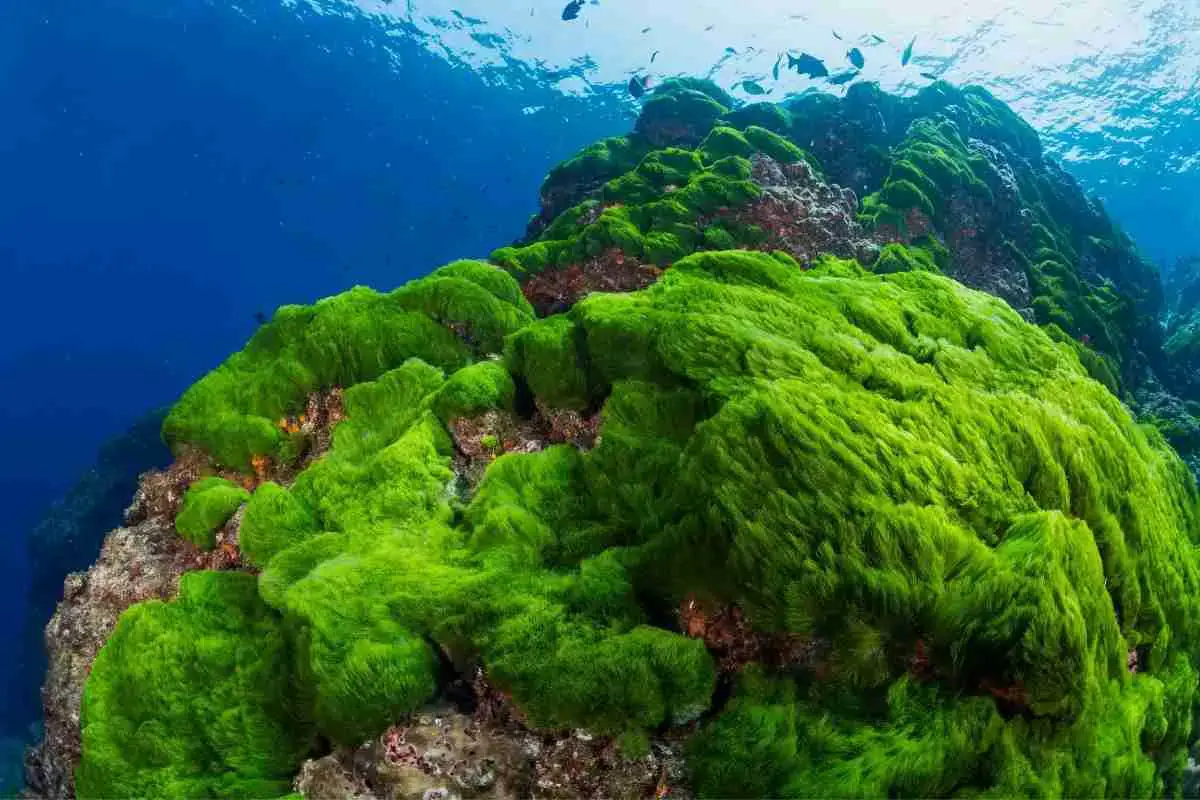
What Does Algae Eat? Algae’s Unique Eating Habits
Read more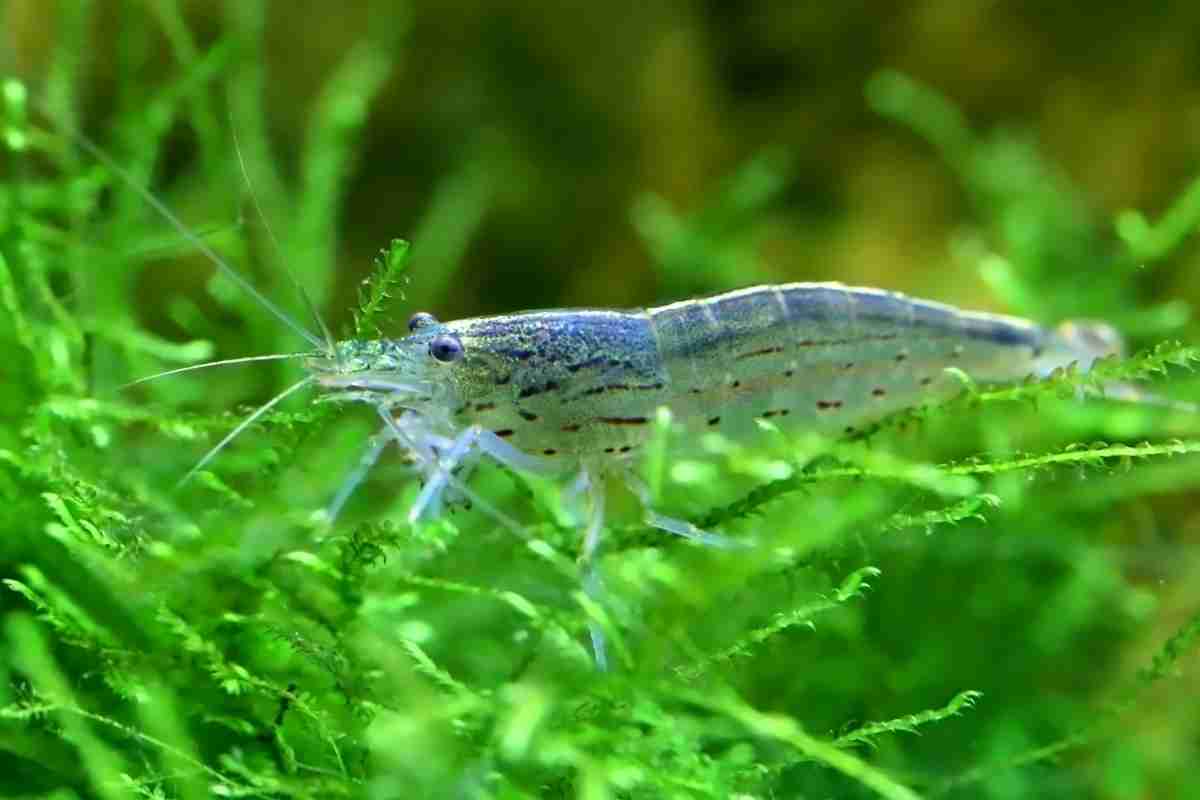
How To Grow Algae For Shrimp In An Aquarium?
Read more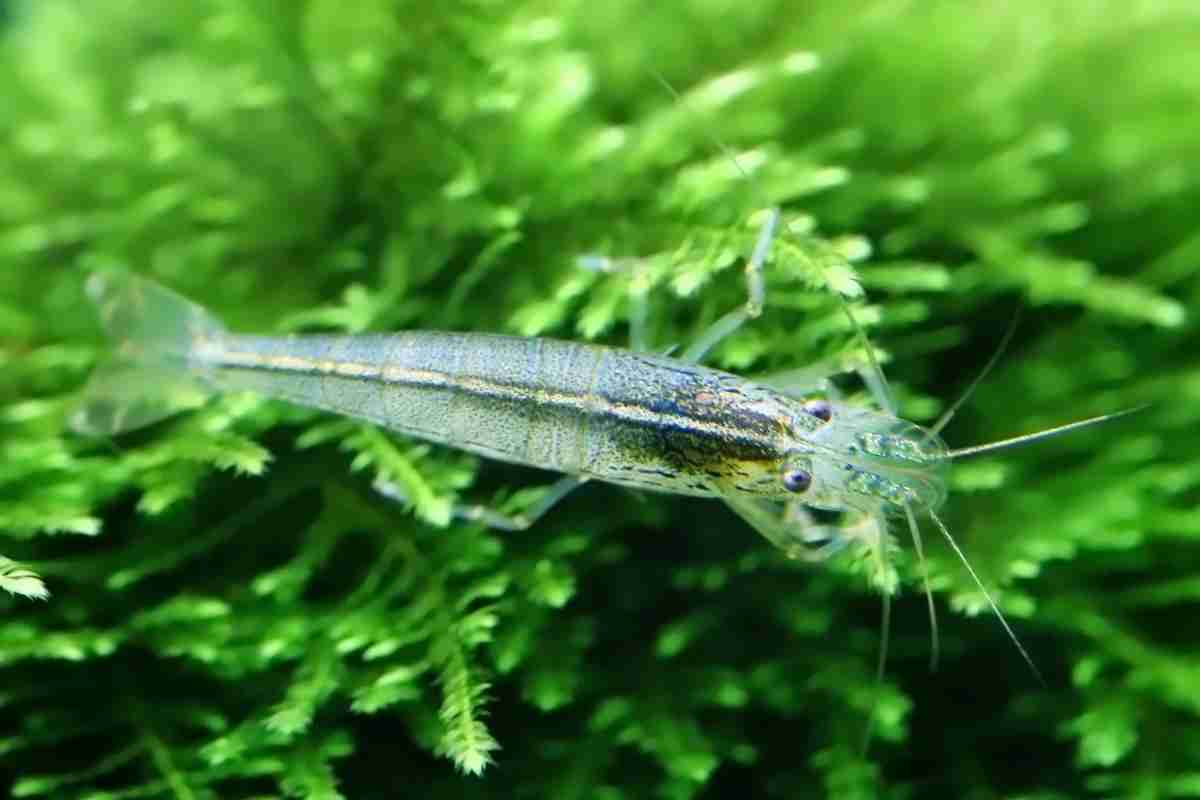
Can Java Moss Grow (Emersed) Out Of Water?
Read more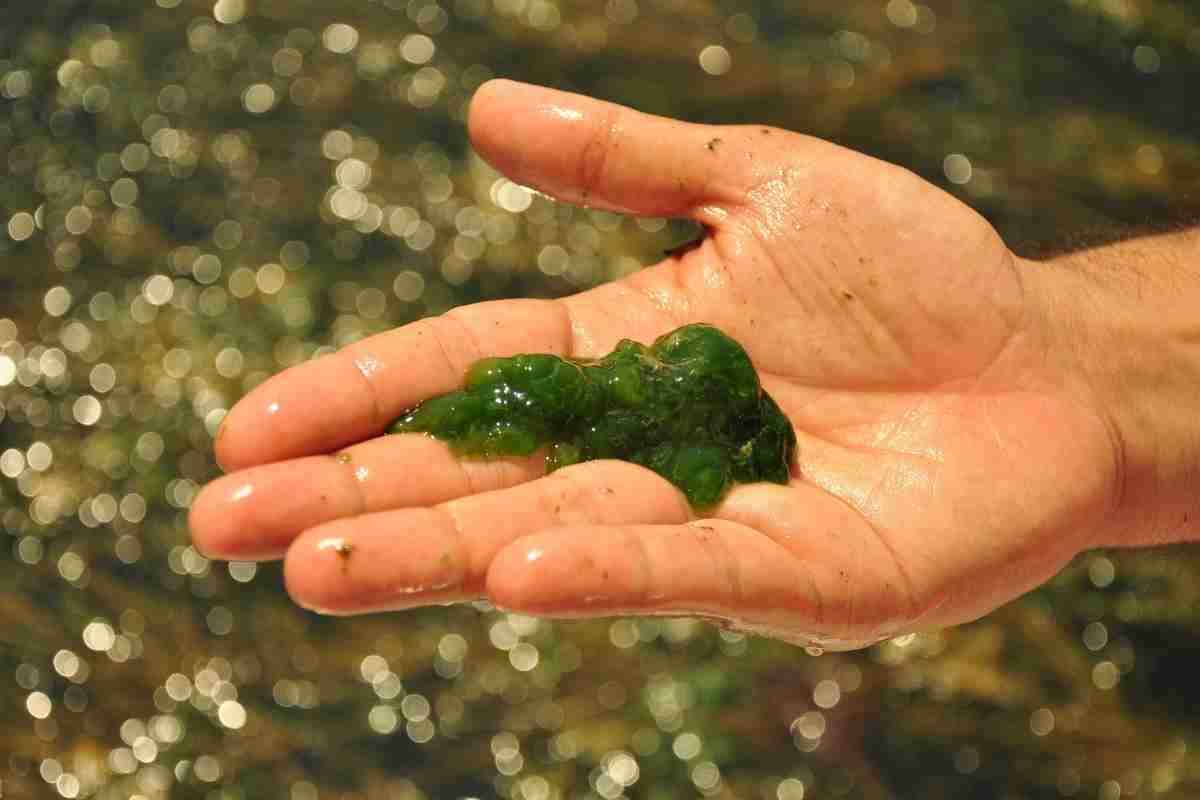
How Fast Does Algae Grow? Growth Rate Factors!
Read more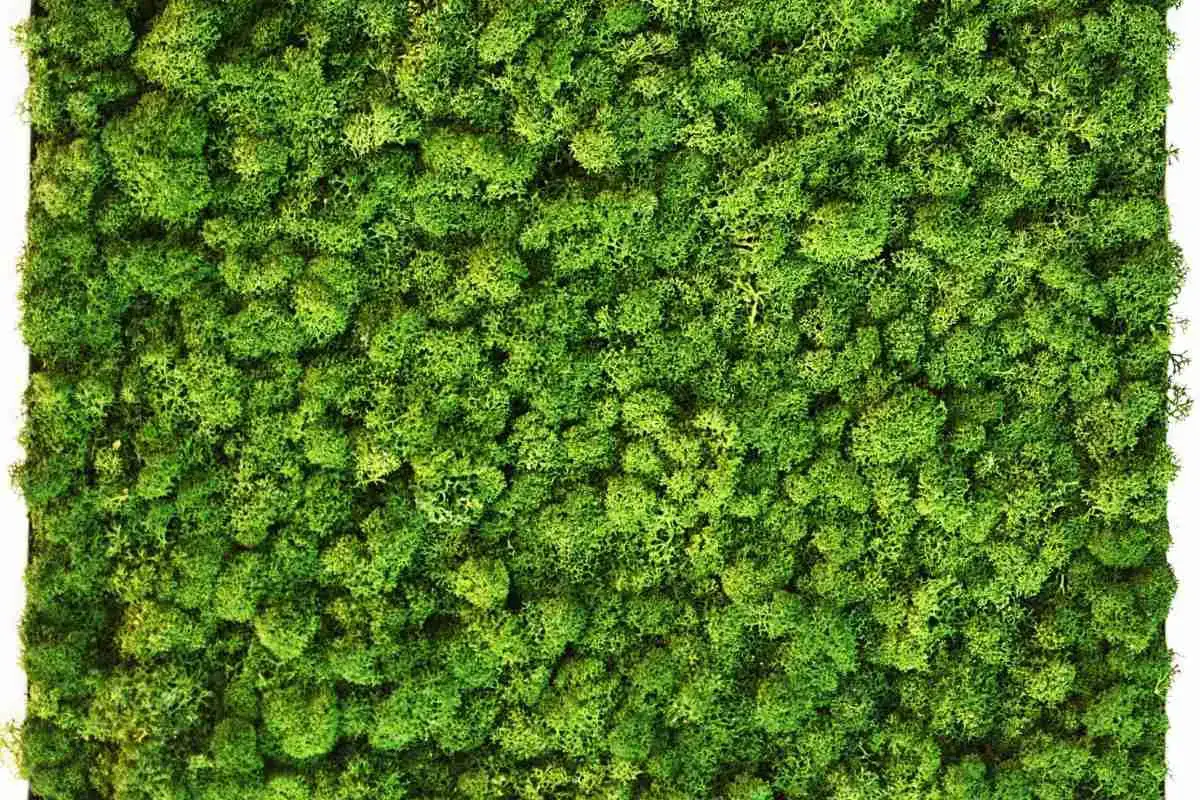
7 Easy Steps To Make An Outdoor Moss Wall
Read more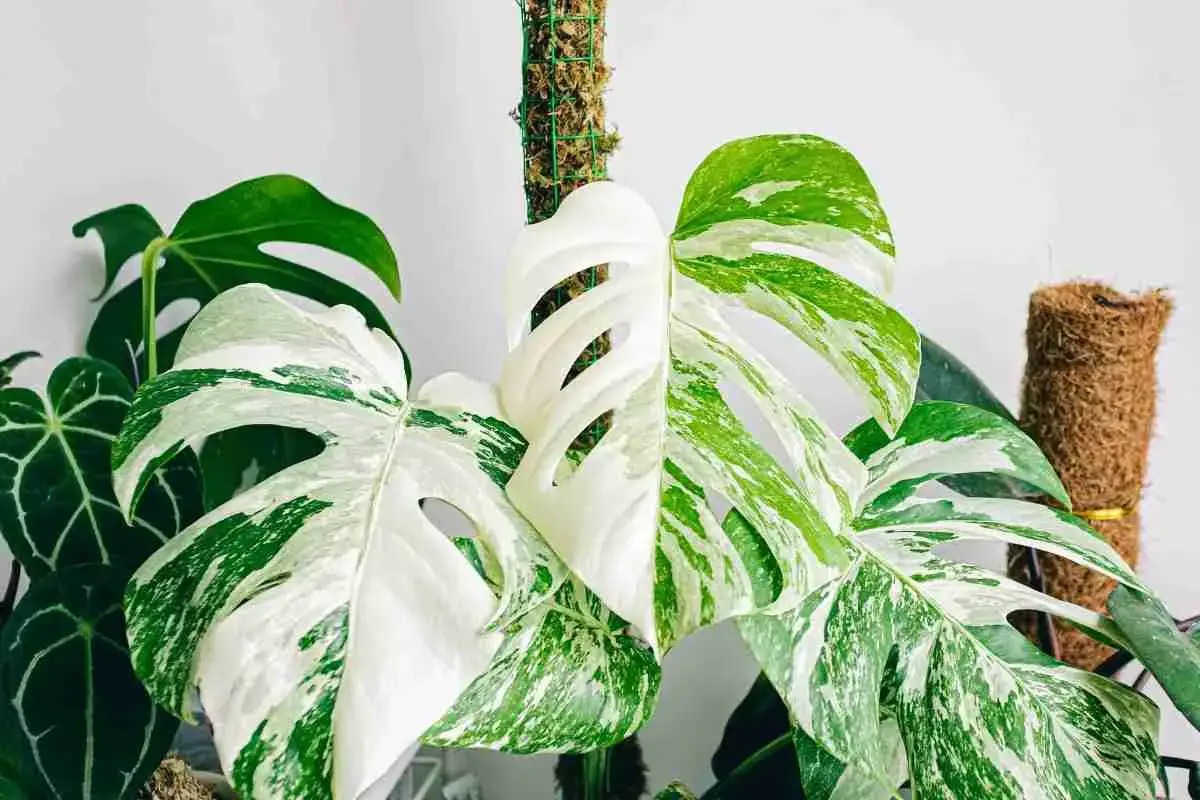
8 Unique And Creative Moss Pole Alternatives
Read more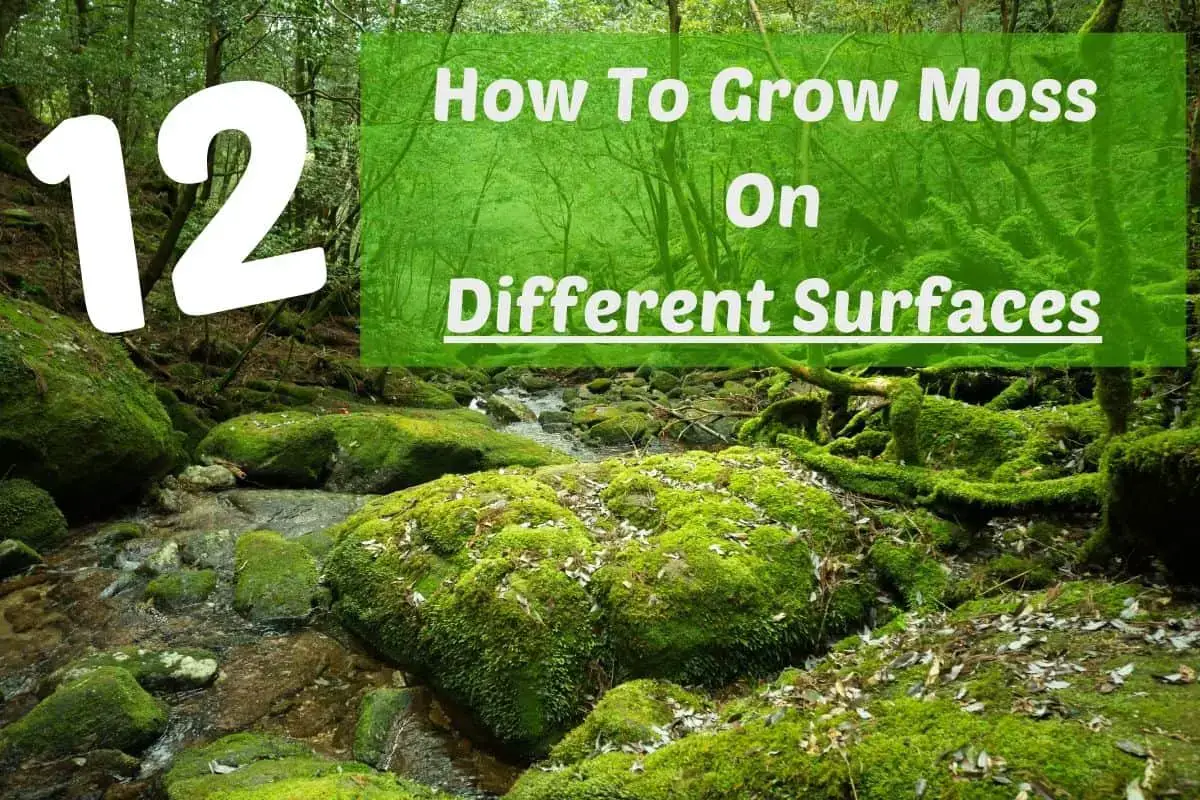
How To Grow Moss On 12 Different Surfaces Step By Step
Read more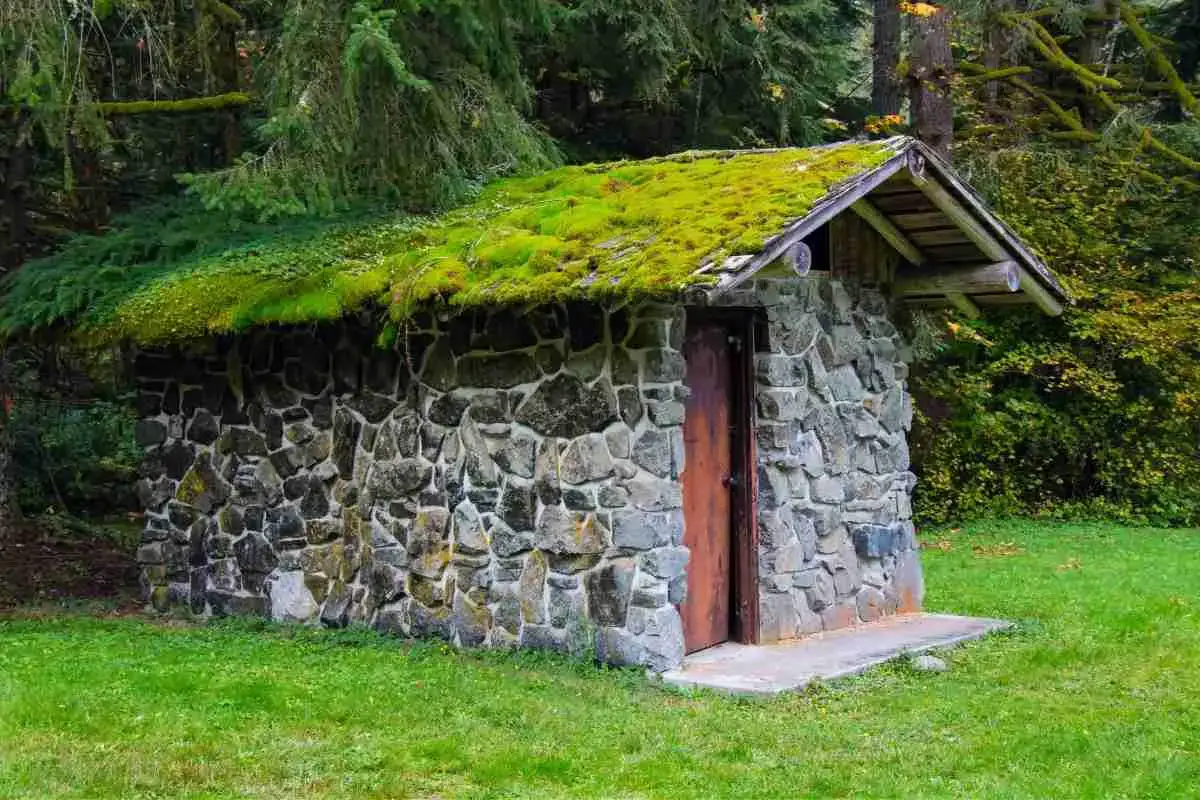
Does Moss (Have And Use) Roots To Grow?
Read more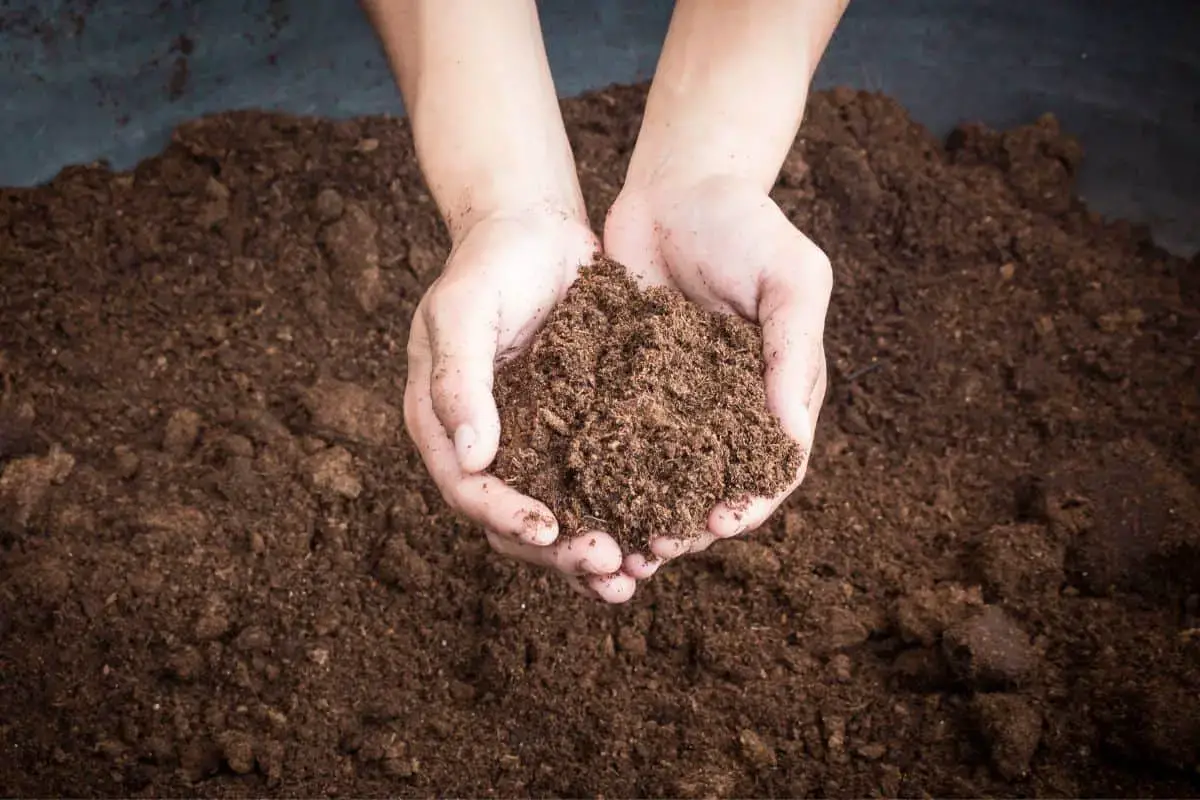
DIY Peat Moss: 5 Simple Steps to Success – Start Today!
Read more